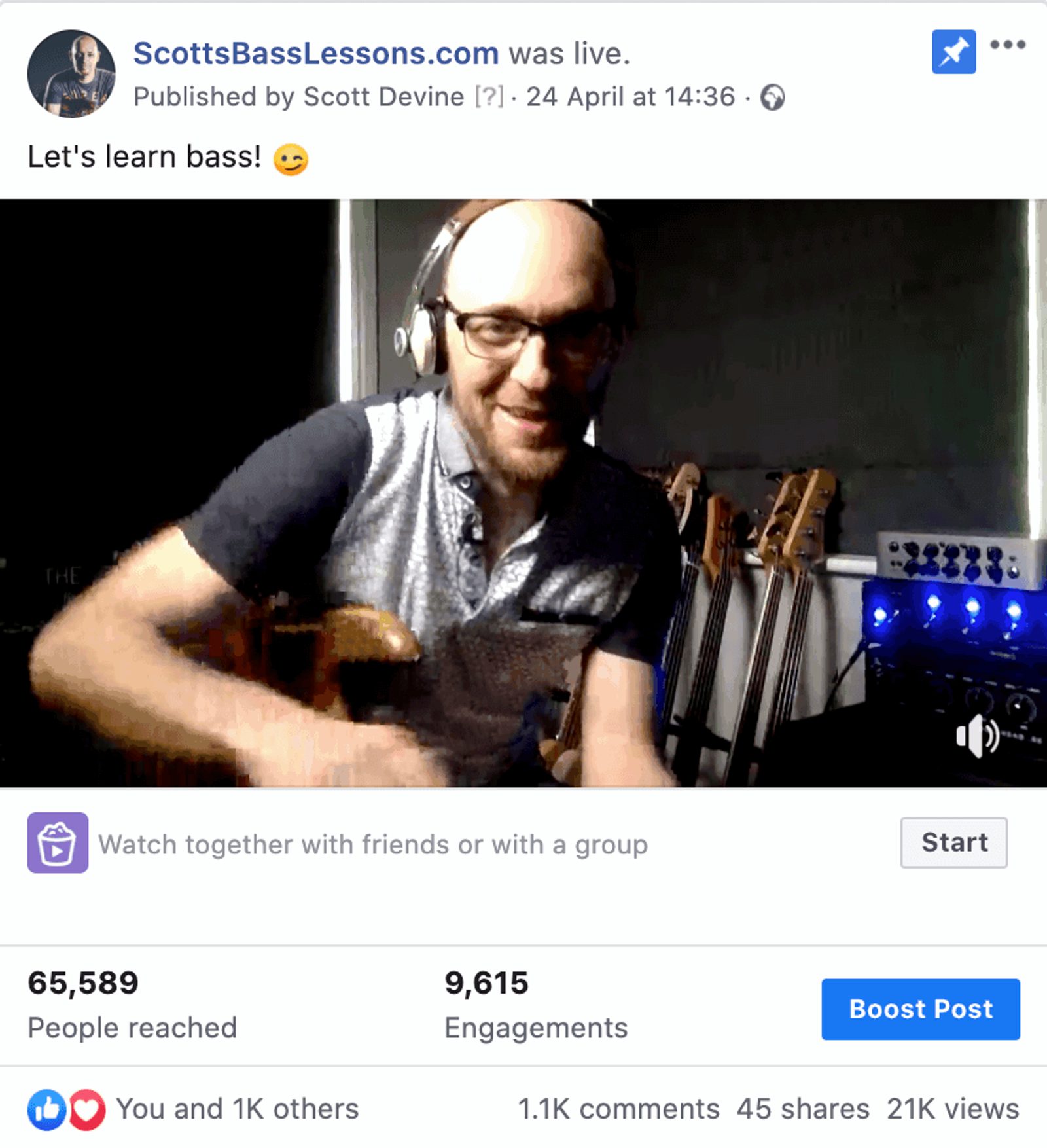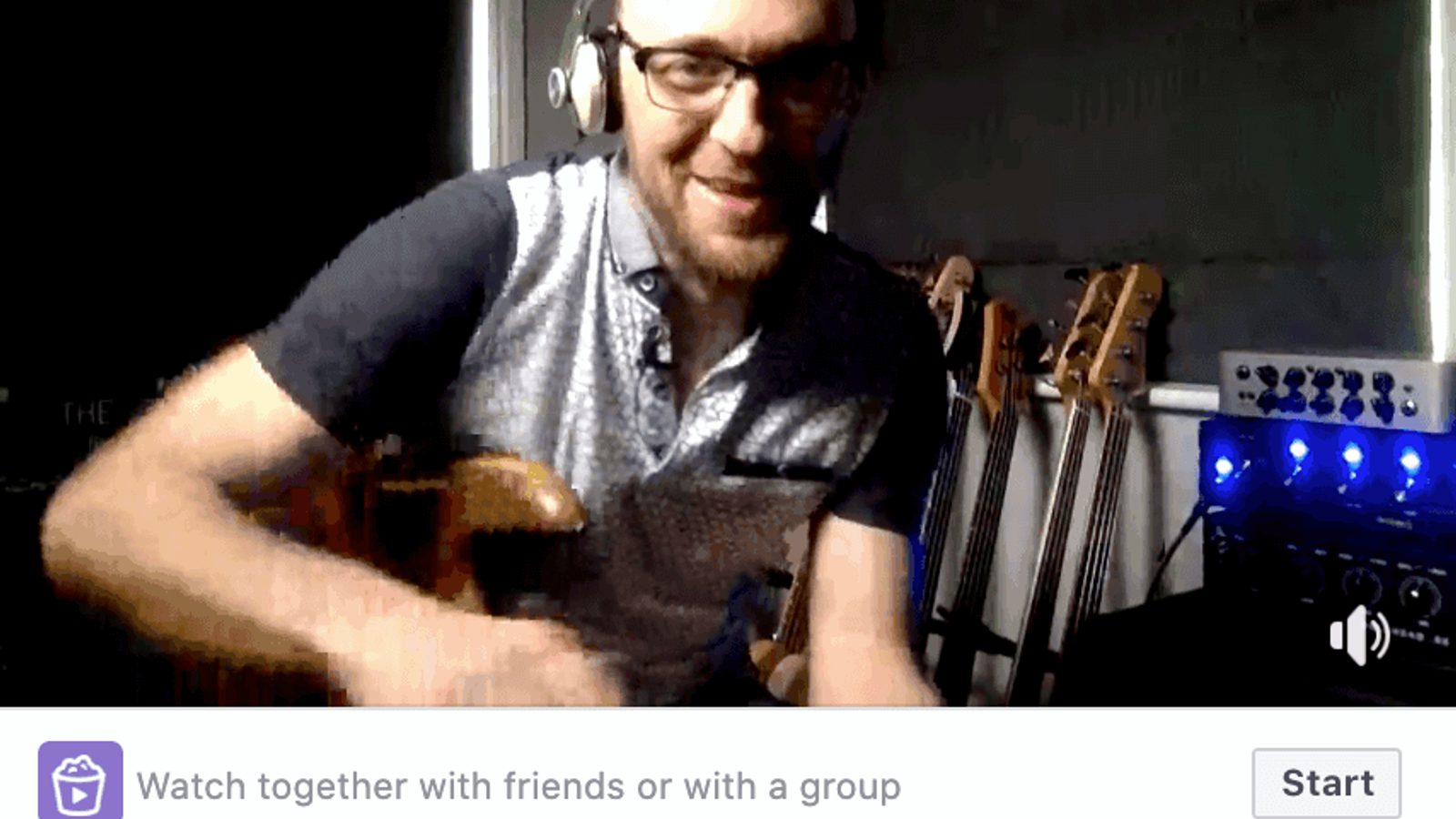This post was contributed by Gavin BellAre you looking to build your list and increase the number of people visiting your landing page?Looking to learn how you can use Facebook ads to do that?Whether you’re looking to grow your list, increase the number of people downloading your lead magnets, or generate more sales, there’s no better way to do it than Facebook ads.So if that’s what you’re after… you’re in the right place!
The importance of using landing pages
What does “quality traffic” actually mean?
3 steps to driving high-quality traffic with Facebook ads
- Coming up with an offer people actually want
- Having compelling ads that encourage people to take the offer
- Having a landing page that converts (as discussed)
Step 1: Create free value-driven content
When you, as a consumer, are scrolling through the internet, how do you feel when an ad pops up?Chances are it annoys you because you’re being interrupted.Someone is trying to offer you something before you even know who they are.There’s a good chance your customers are thinking the same.We also know how important first impressions are in life. The last thing you want to do when you’re trying to grab the attention of your customers is to annoy them.To get around this, what you need to do is to start creating and distributing content that provides value and solves problems for your potential customers.Here’s why:By providing something of value first, it allows you to build trust with your audience. You’re helping them, solving a problem for them, without asking for anything in return.When you create video content, it can act as lead qualification for you.How?Well, let’s take a look at one of my clients, ScottsBassLessons.com.Scott regularly posts free bass guitar lessons on his Facebook page.He’ll answer questions, solve common problems, and share educational and entertaining content on his page.
Step 2: Use retargeting ads to drive viewers to your offer
Have you ever been on a website, looked at something like a pair of shoes, and then had an ad for that same pair of shoes follow you around the web?That is retargeting!It’s an incredibly powerful thing to do.And the good news is that it’s super simple to set up.On Facebook, you can retarget anyone who has consumed your videos with an ad that sends them to your landing page.The reason we do this is twofold:The people receiving your ad now already know who you are, meaning they’re much more likely to engage. This sends signals to Facebook that your ad is high-quality and thus you get cheaper results.The only people that will receive your ad are ones who have qualified themselves, meaning the people visiting your landing page are going to be quality.Who doesn’t want that?Better results, for less!If you’re unsure how to create your retargeting ads on Facebook, here’s a quick guide:How to create your video retargeting audiences in Facebook
1. Go to https://business.facebook.com/adsmanager/audiences
2. Click on ‘Create Audience’
3. Click on ‘Custom Audience’
4. Click on ‘Video’

5. In ‘Engagement’ you can now select which videos you want to retarget from and how long someone must have watched them to be included. I recommend 25%.

6. Choose the number of days
7. Name your audience
8. Click on Create Audience
9. That audience will now be available to use when creating your campaigns!
Step 3: Create lookalike audiences from leads and increase your retargeting audience
As incredible as retargeting ads are, there’s a problem: You have a limited number of people in that audience.Which means you’re not able to scale it. If you were to 10x your budget, let’s say, you’d end up just hitting the same people 10x more.So, what’s the solution?You need to increase the size of your custom audience… and the only way to do that is by increasing the number of people watching your videos.And the easiest way to do that? Use Facebook ads to promote them.But you don’t want just anyone watching the videos you created — you want qualified people watching those as well!And that’s where lookalike audiences come in.A lookalike audience is a type of audience you can create on Facebook. It’s where you take one of your custom audiences (such as video views, like you’ve already created) and you tell Facebook to find more people that “look like” that audience.In essence, you can ask Facebook to find more people like the people who have already watched your videos!How to create your lookalike audience
Creating your lookalike audience is incredibly simple:1. Go back into the audiences section of ads manager (using the URL above)
2. Tick the box next to your video views custom audience then click on the three dots, and ‘Create Lookalike’

3. Simply choose the country you want to target
4. Then choose your audience size. This is based on the percentage of the population. 1% is the most specific and 10% the least.
5. Click create audience
6. You can now use this audience when promoting your videos!
This creates a powerful feedback loop.It continues to get better and better the longer it runs.The more people watch your videos, the larger the retargeting audience. The larger the retargeting audience, the better quality the lookalike audience. The better quality the lookalike audience, the more people watch your videos. And on and on.So, a quick recap:Step 1: Produce high-quality content that entertains or educates your audience.Step 2: Create a retargeting ad that targets anyone that’s watched your video, directing them to your landing page.Step 3: Create a lookalike audience to increase the number of viewers in step one.This is a tried and tested system we’ve used on countless client accounts from solopreneurs to worldwide organisations and it works every single time.It works, not because it’s a hack or a tactic. It works because you’re going back to the basics of human communication. We don’t like ads from strangers that try and sell something. So instead of trying to force a message down their throat, you go one step further and create something they’re interested in.Then, by the time they receive your follow-up ads, they already hopefully know you and like you enough to take the action you want them to take.Are you going to try it?Let me know in the comments below!Gavin Bell is a multi-award winning entrepreneur, speaker, podcast host & director of Fat Pony, a Facebook advertising agency that works with brands across the world. Gavin helps brands across the world to utilise Facebook in a way that not only builds their audience but turns that attention into revenue.
Check out ActiveCampaign's free Facebook advertising template to get started now!








